Castello di Lerici
Salire al Castello passando tra i Caruggi
Sito Turistico ufficiale del Comune di Lerici. Qui puoi trovare informazioni su eventi e manifestazioni: sport, cultura, musica, intrattenimento e numerose opportunità per famiglie e bambini ti attendono!
POESIA | ARTE | FIORI
Per celebrare l’arrivo della bella stagione, l’esplosione delle fioriture e l’allungarsi delle giornate, Lerici organizza un maggio pieno di eventi. Un vero e proprio spring festival con appuntamenti per tutti i gusti e per tutte le età dedicate all’open air, alla natura, alla rinascita.
Benvenuti nella nostra guida agli eventi: scoprite il ricco calendario di manifestazioni, dalle affascinanti sagre tradizionali ai vivaci festival culturali, passando per emozionanti eventi sportivi: c’è sempre qualcosa di speciale in programma.
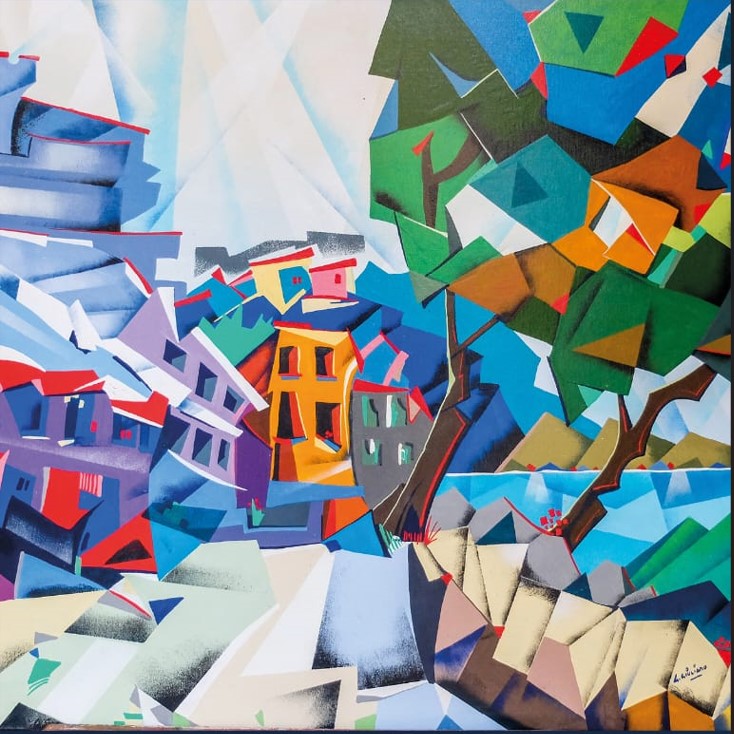
Kaleidos – quando i colori inventano il mondo Mostra personale dell’artista Gloria Giuliano con la…
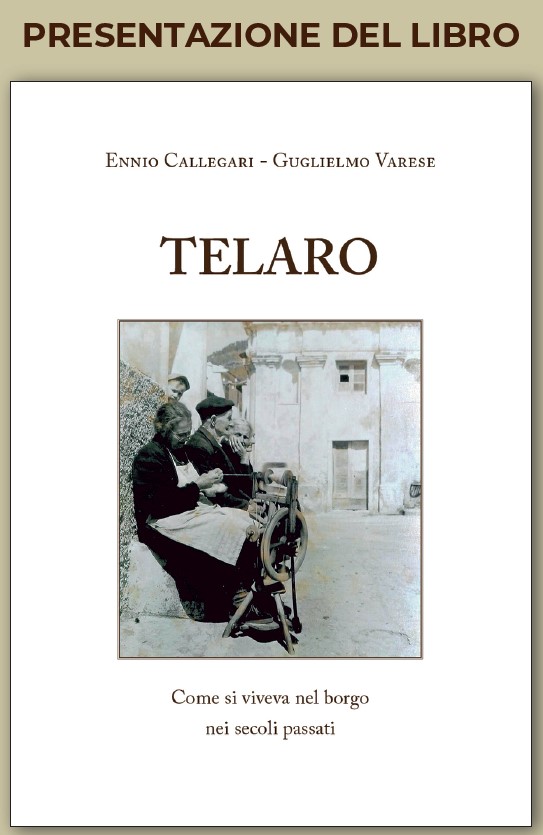
Sabato 27 aprile, ore 17.00 Tellaro, ex Oratorio ’n Selàa Presentazione del libro: Telaro…
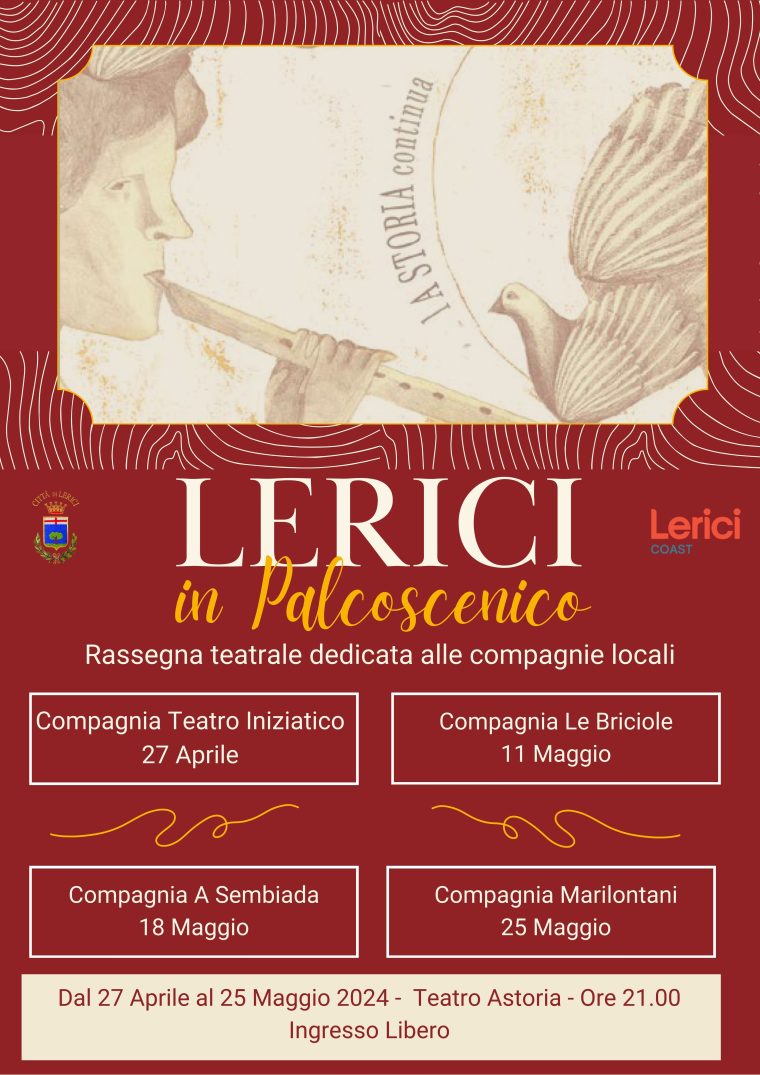
Torna anche per questa stagione teatrale la rassegna dedicata alle compagnie locali “Lerici in Palcoscenico”.…

Torna anche in questa stagione teatrale la rassegna dedicata alle compagnie locali “Lerici in Palcoscenico”.…
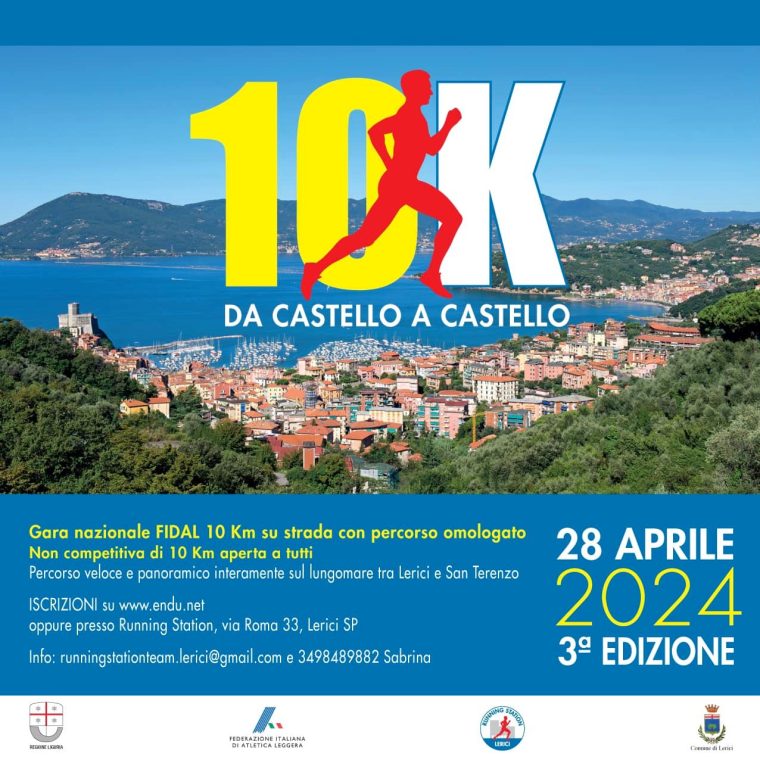
Gara nazionale FIDAL 10km su strada competitiva con percorso omologato FIDAL 10KM non competitiva aperta…
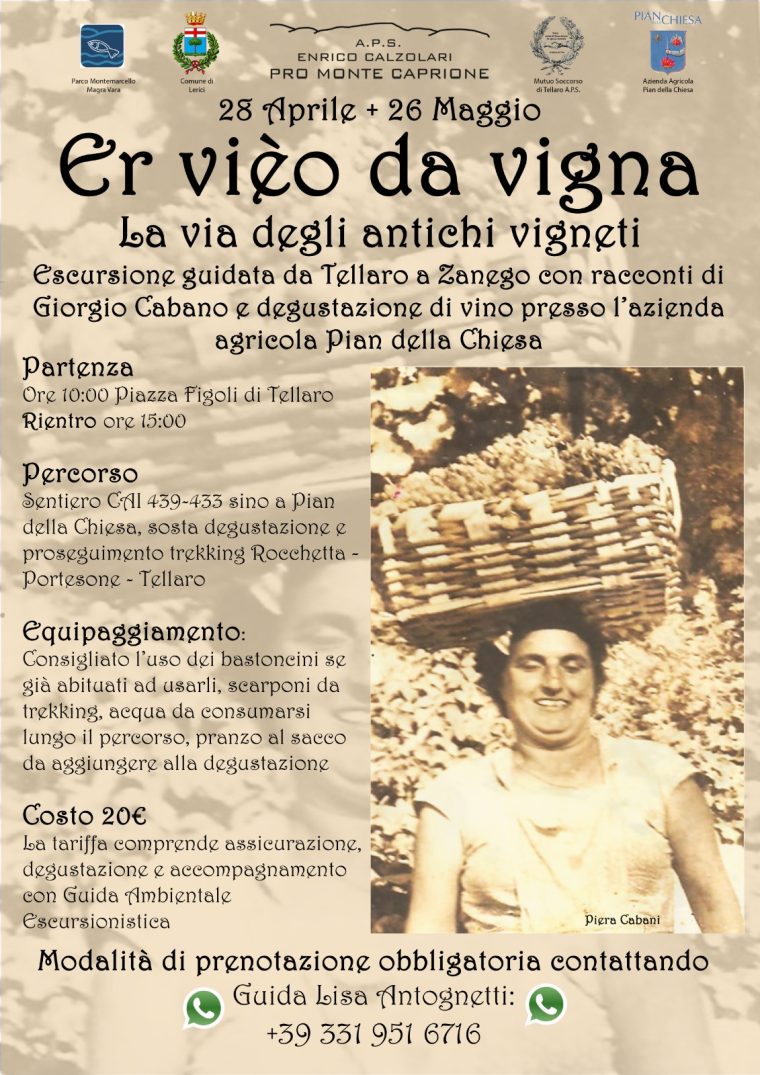
Er vièo da vigna. La via degli antichi vigneti. Escursione guidata da Tellaro a Zanego…

Martedì 30 aprile, ore 17.00 Tellaro, ex Oratorio ’n Selàa Presentazione del libro: Io sono…
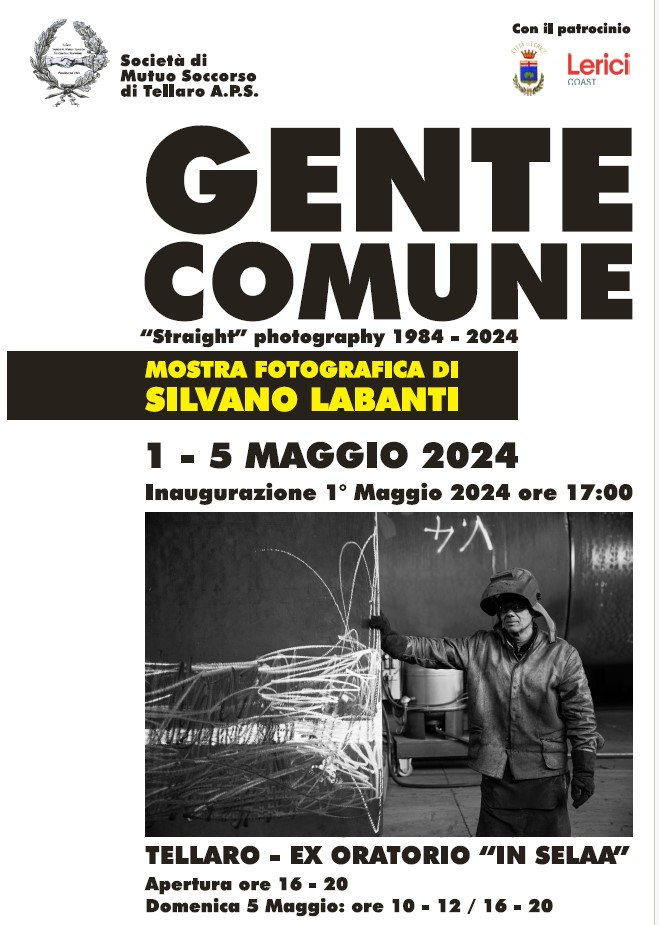
Mostra fotografica “Gente comune: Straight photography 1984-2024” di Silvano Banti Tellaro, Oratorio ’n Selàa Inaugurazione:…
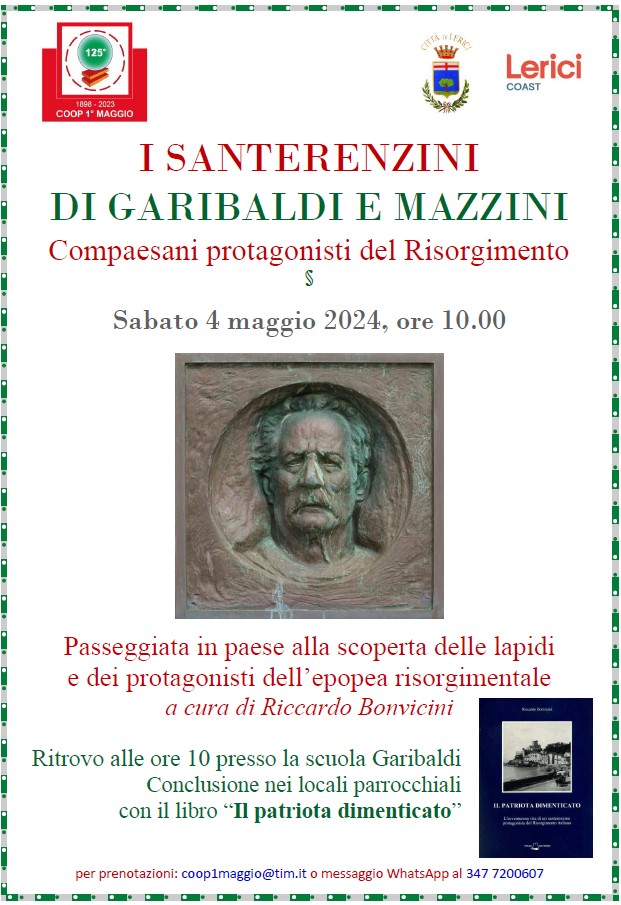
Passeggiata in paese alla scoperta delle tracce dei protagonisti dell’epopea risorgimentale a San Terenzo a…

Passeggiata da San Terenzo a Lerici con gli occhi dei poeti e lettura di brani…
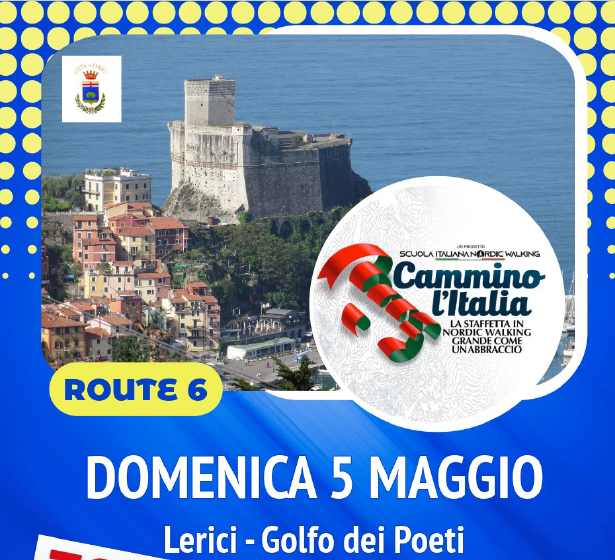
Cammino l’Italia ROUTE 6 A cura della Scuola Italiana di Nordic Walking ————- Ritrovo e…
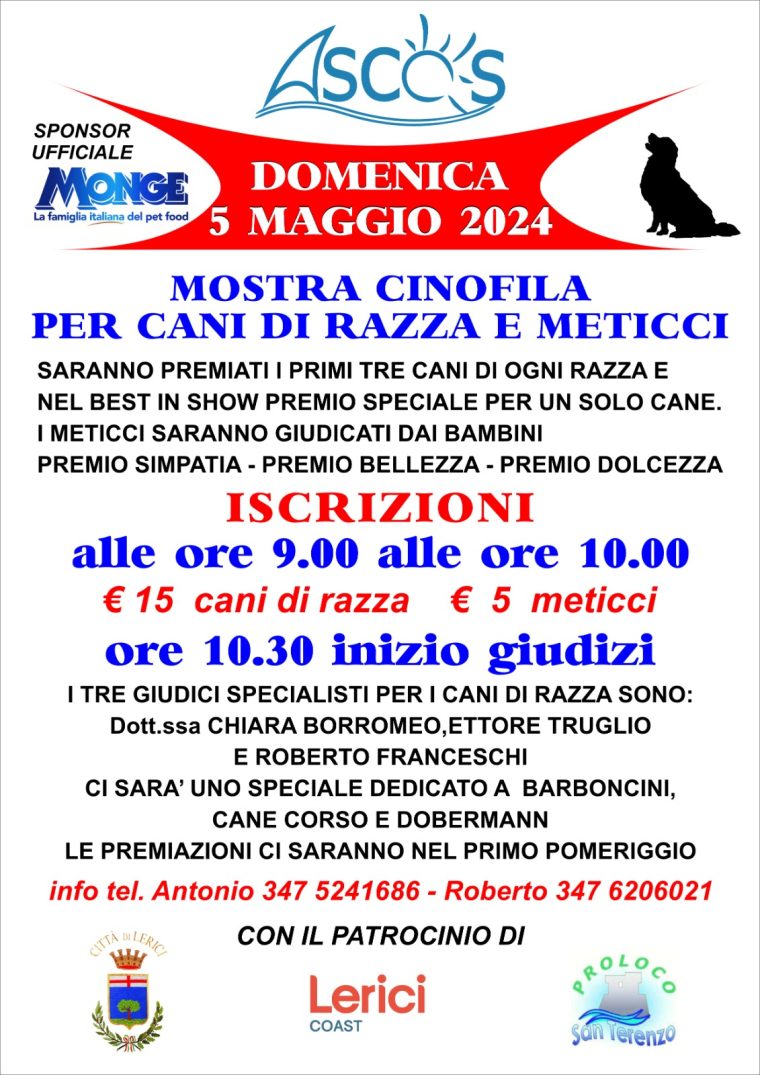
A San Terenzo, un imperdibile appuntamento per gli amanti dei nostri amici a 4 zampe:…

Passeggiata etnobotanica alla scoperta dei giardini di Lerici accompagnati dal botanico Massimo Luciani. I giardini…
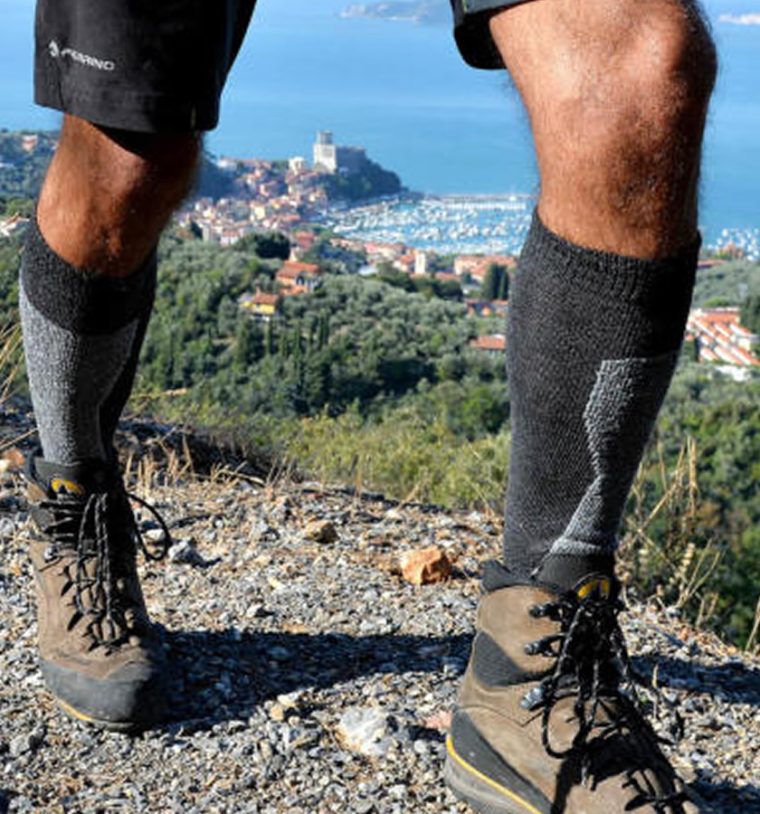
Domenica 5 maggio La collina di Lerici – tra sentieri e borghi Percorso ad anello,…

L’11 maggio la compagnia Le Briciole porta in scena “Afè che bordelo d’entorno ar castelo”.…
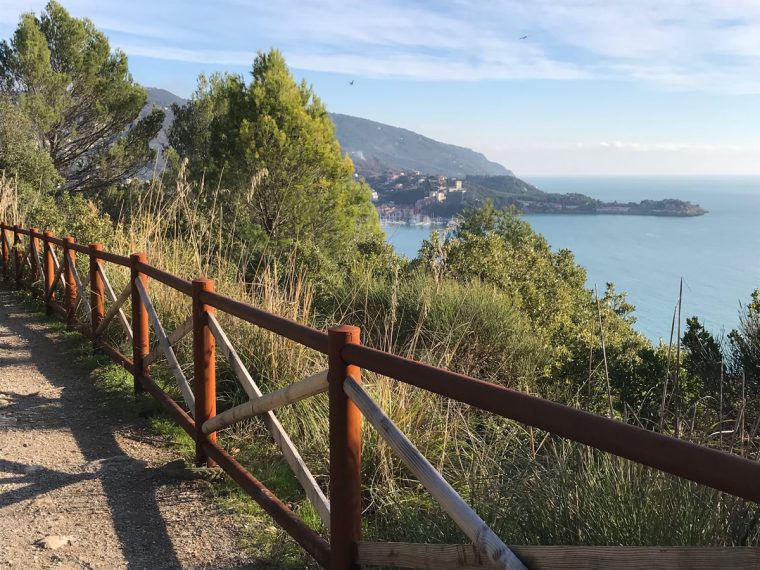
Dalla Venere alla Baia Blu Domenica 12 maggio Percorso ad anello, agevole, passaggio su sentieri…
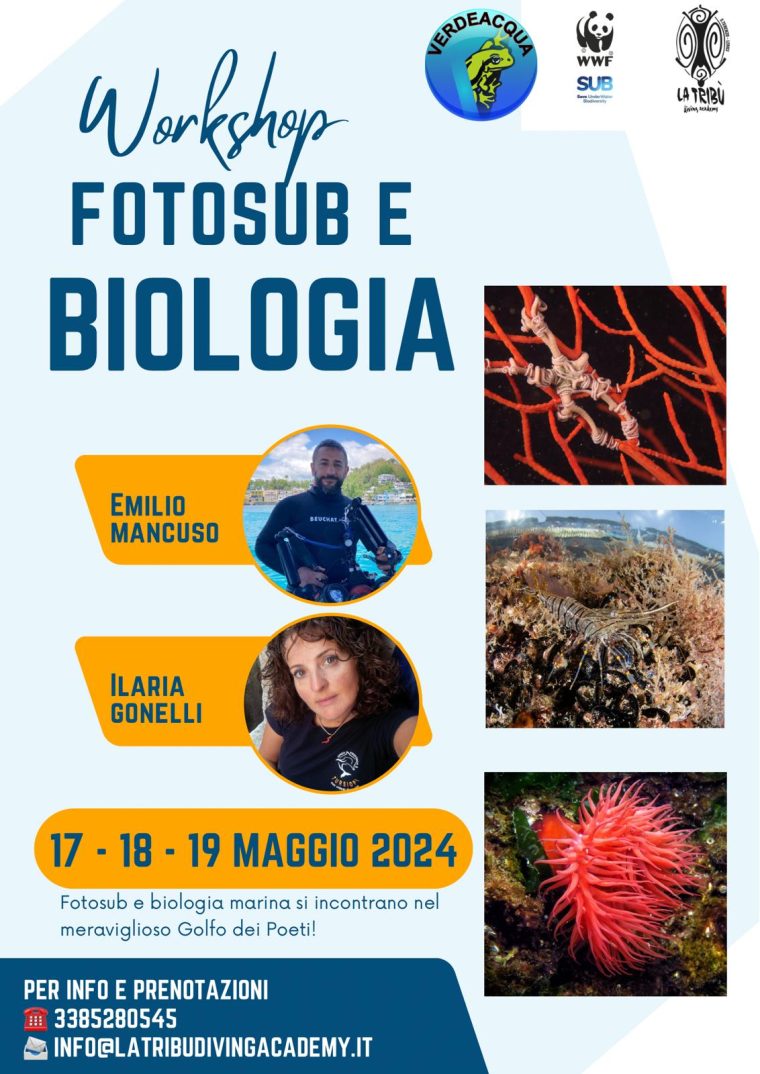
La Tribù Diving, in collaborazione con Verdeacqua, Scuola di Mare e WWFsub vi invita a…

Lettura animata della filastrocca “Alberi”, con laboratorio sul mondo vegetale a cura di Manuela Mariani,…
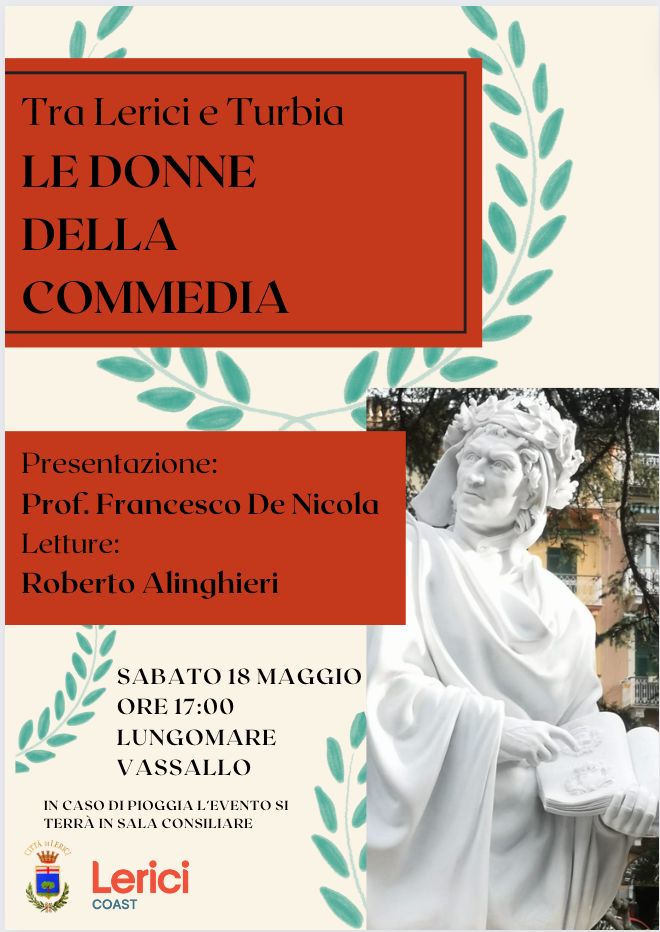
Torna il consueto appuntamento divenuto ormai un classico, dal 2021, anno delle Celebrazioni Dantesche. Il…

Il 18 maggio è il turno della compagnia La Sembiada, compagnia amatoriale serrese che inscena:…
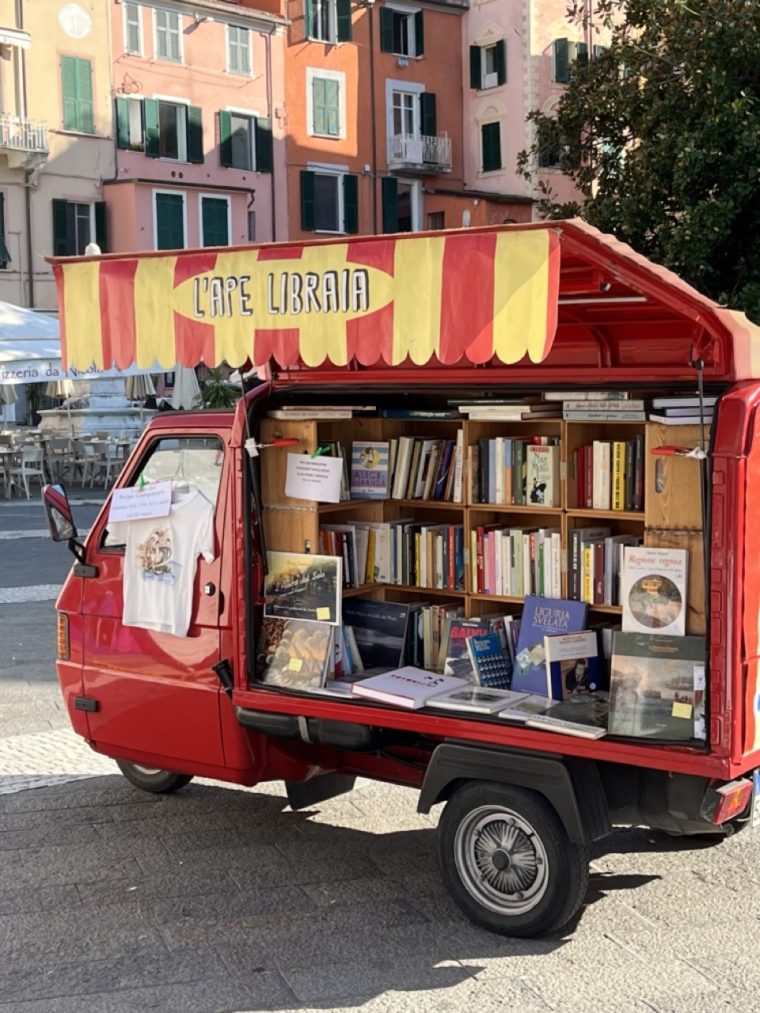
In occasione della Festa di Primavera, l’Ape Libraia presenta due letture animate, in due momenti…

In occasione della Festa di Primavera, domenica 19 maggio, l’etologa Manuela Mariani torna con la…

In occasione della Festa di Primavera, l’Ape Libraia presenta due letture animate, in due momenti…
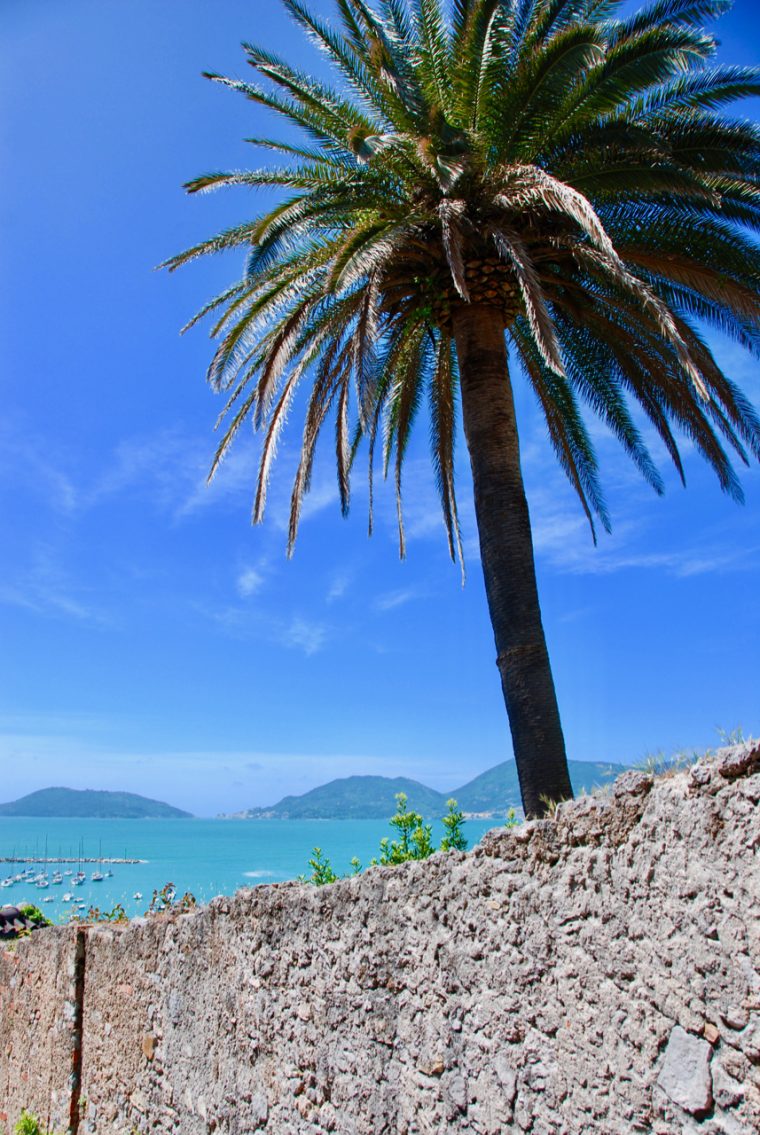
Il lungomare e le colline – anello Falconara / Lerici Domenica 19 maggio Evento in…
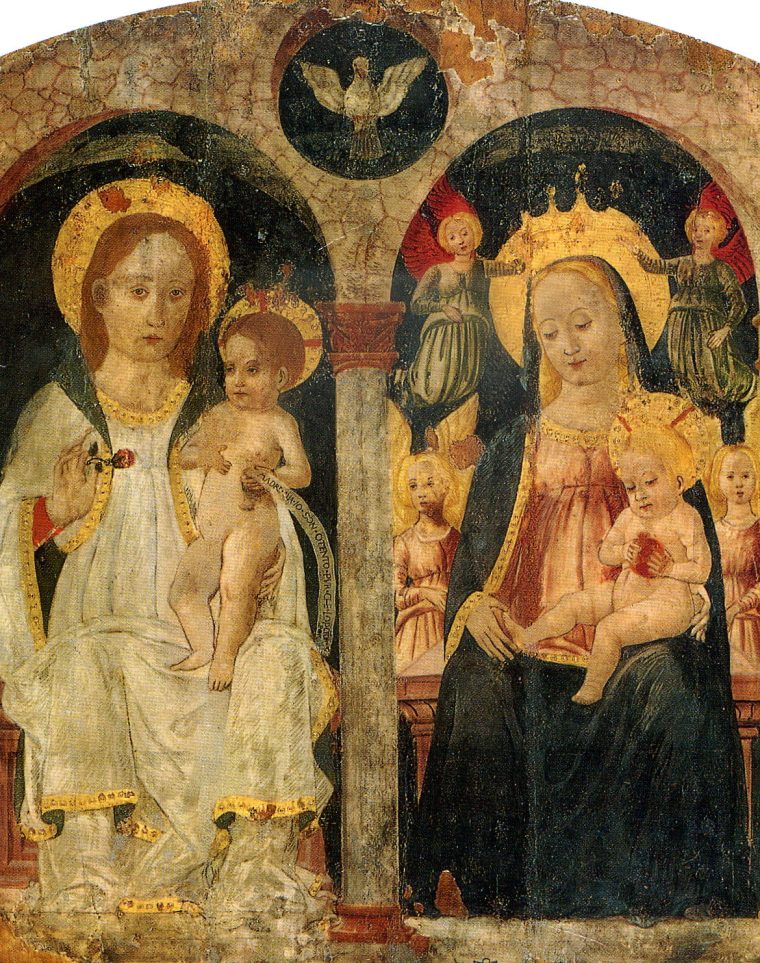
Lerici marinara: alla scoperta del borgo e delle sue storie di mare e di uomini…
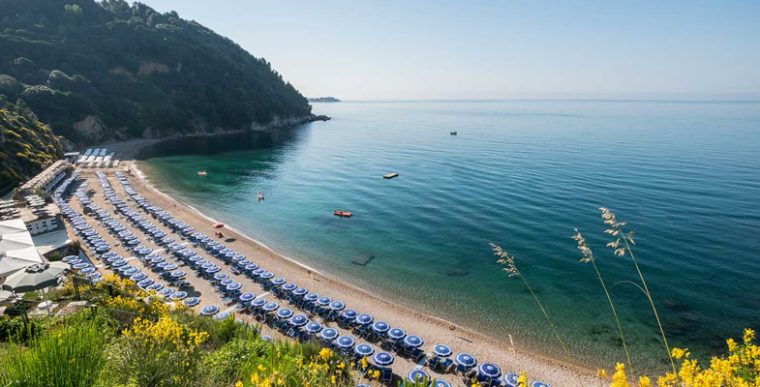
Venerdì 24 maggio Escursione dalla Venere alla Baia blu Percorso ad anello, agevole, passaggio su…
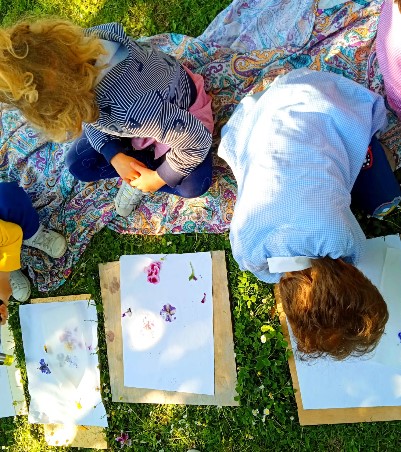
Laboratorio creativo di stampa botanica su stoffa e creazione quaderno artigianale Il corso ha l’obiettivo…

Il 25 maggio è la volta della compagnia Marilontani con “Bela Fegua, a te lo…
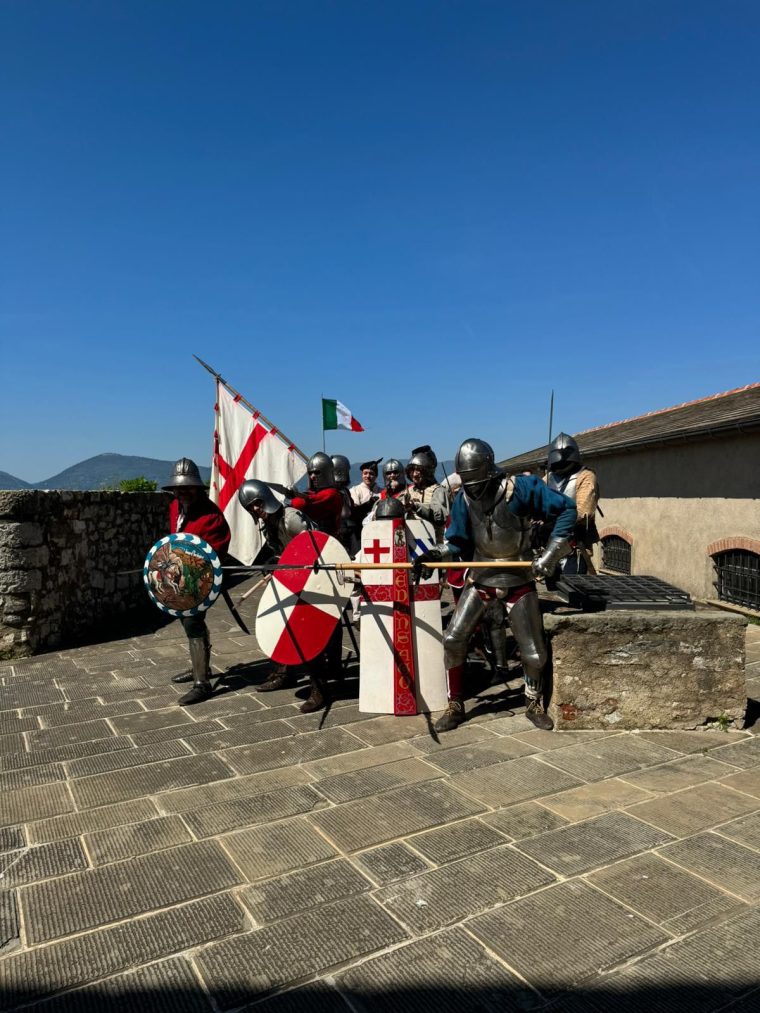
STL – Sviluppo Turistico Lerici, in collaborazione con l’associazione Senza Tempo di Sarzana, organizza il…

Er vièo da vigna. La via degli antichi vigneti. Escursione guidata da Tellaro a Zanego…
Organizza la tua vacanza a Lerici: scopri come arrivare, la Zona a Traffico Limitato, il controllo accessi e i parcheggi, il meteo e molto altro …
“Once you travelled, the voyage never ends, but is played out over and over again in the quietest chambers. The mind can never break off from the journey.”

“Guardar il sole mentre tramonta su questo paesaggio, le stelle brillare e la luna sorgere era di una bellezza stravolgente.”

“Al centro della festa è Lerici: non ho mai visto tanto e così perfetto sole.”

“Beato te, o Poeta della scienza,
che riposi in pace nel Golfo dei Poeti.”
